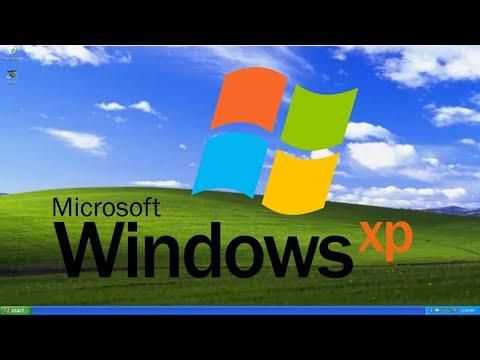As I sat down at my old computer, I couldn’t help but feel a wave of nostalgia wash over me. This machine, running Windows XP, had been with me through thick and thin. It had seen countless projects, hosted a plethora of games, and even held a few sentimental photos. But as the years rolled on, I knew that keeping it operational would soon become a challenge. In 2024, with mainstream support long gone and official updates a distant memory, I faced the daunting task of updating my Windows XP system. The notion of tackling this seemingly outdated operating system in today’s world seemed almost paradoxical, but I was determined to breathe new life into it.
The first challenge was understanding that Windows XP had reached its end-of-life status quite some time ago. Microsoft officially ended support for it in April 2014, and since then, any updates or patches have been limited. Yet, I knew from various tech forums and user groups that it was possible to get my system up-to-date using unofficial methods. One such method was through an unofficial service pack, often referred to as Service Pack 4 (SP4). This pack, though not officially sanctioned by Microsoft, had been created by dedicated enthusiasts to help keep XP functional and secure.
The process of updating Windows XP with these unofficial patches was more intricate than I initially imagined. I started by conducting thorough research. Various tech communities and forums like MDL (My Digital Life) were invaluable resources, where I found detailed guides and discussions about unofficial updates. I learned that these unofficial service packs were essentially comprehensive updates that bundled together all the patches, fixes, and updates that had been released over the years since official support ended. They aimed to bring Windows XP closer to a modern standard, albeit with some caveats.
My first step was to prepare my system for the update. I backed up all critical data, including personal files, documents, and even some old software that might not be easy to reinstall. The last thing I wanted was to lose important information during this process. After securing my data, I created a bootable USB drive with Windows XP installation files just in case anything went wrong. I had a full system image ready as well, ensuring I could restore my system to its original state if needed.
Next, I downloaded the unofficial Service Pack 4 from a reputable source. It’s crucial to download these files from trusted sites to avoid any potential malware or corrupted files. Once downloaded, I scanned the file for viruses and integrity using my antivirus software, ensuring everything was clean.
With the unofficial SP4 file in hand, I began the installation process. The instructions were quite straightforward, but I had to be cautious. The unofficial SP4 was designed to be installed over the existing Windows XP installation, but compatibility issues were always a possibility. I ran the installer and followed the on-screen prompts, making sure to keep an eye out for any errors or warnings.
The installation took some time, and I occasionally glanced at the progress bar, hoping everything was going smoothly. Once the installation was complete, the system rebooted, and I was greeted with a more up-to-date version of Windows XP. I was excited to see the improvements, which included updated system files and enhanced security features. However, my work was not yet finished.
After installing the unofficial SP4, I proceeded to update drivers and install additional security tools. Many drivers for older hardware might not be directly supported, so I had to rely on third-party sources or alternative drivers that were compatible with Windows XP. Finding the right drivers required some patience and a fair bit of trial and error.
Security was a major concern. Even though the unofficial SP4 aimed to provide some level of protection, Windows XP was inherently vulnerable to modern threats. I installed a lightweight antivirus solution that still supported Windows XP and a firewall to add an extra layer of defense. Additionally, I made sure to keep the browser and other essential applications up-to-date to minimize risks.
With everything set up, I ran a series of tests to ensure that the system was functioning correctly. I checked for any compatibility issues with my existing software, tested hardware components, and verified that all critical functions were working as expected. To my relief, everything seemed to be running smoothly.
Despite the effort and meticulous process, I felt a sense of accomplishment. My old Windows XP machine was now running with the latest unofficial updates, providing me with a more secure and functional environment. It wasn’t a perfect solution, but it was a testament to the dedication of the tech community and the enduring appeal of older systems.
In the end, updating Windows XP in 2024 with unofficial Service Pack 4 was a journey that required careful planning, research, and a bit of technical savvy. It wasn’t without its challenges, but the result was a system that, while outdated, could still be of use in a world where technology had moved on. The experience was a reminder of the resilience of older technology and the ingenuity of those who continue to support it long after official support has ended.
